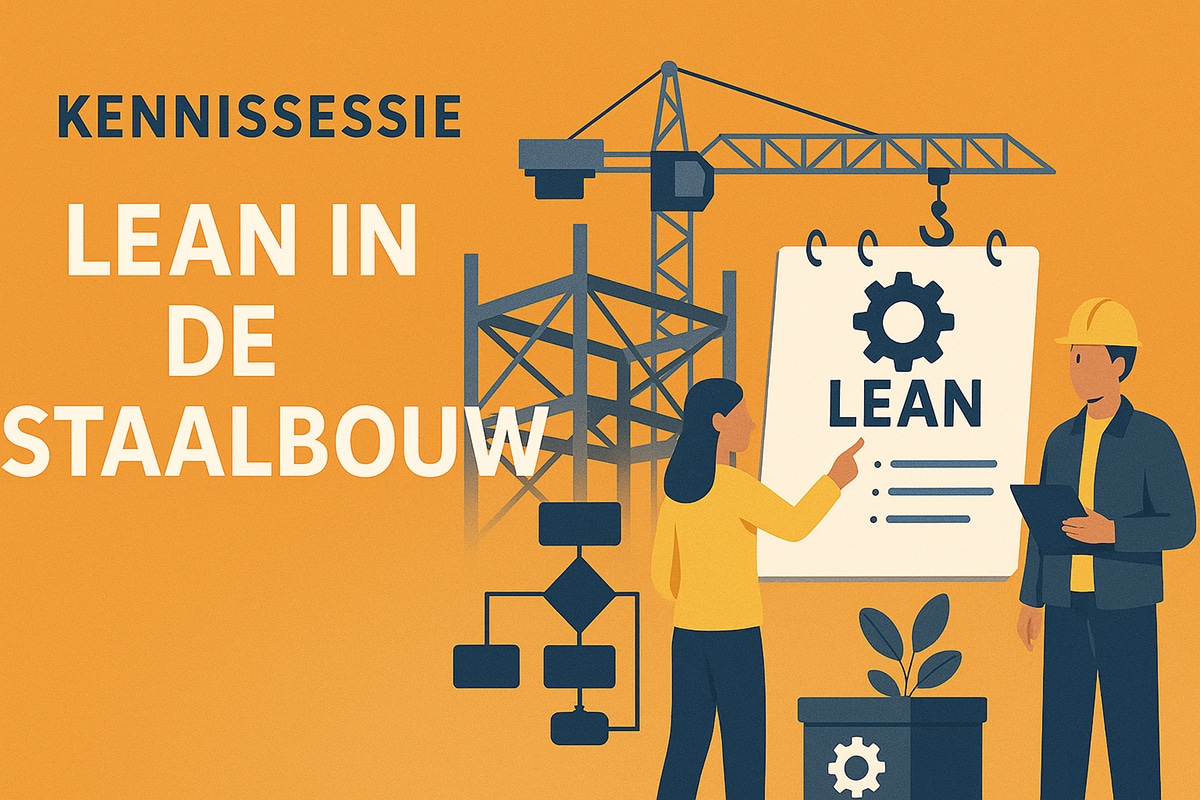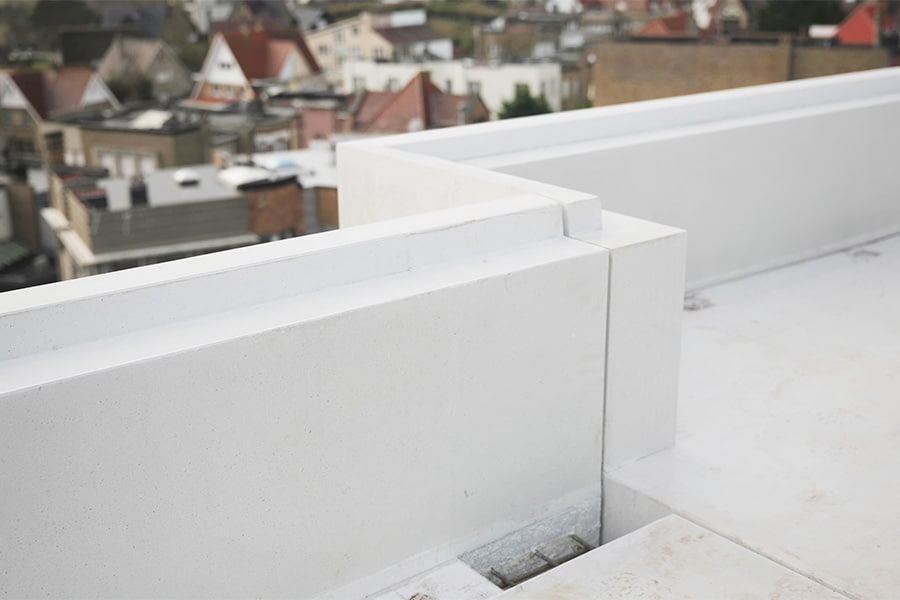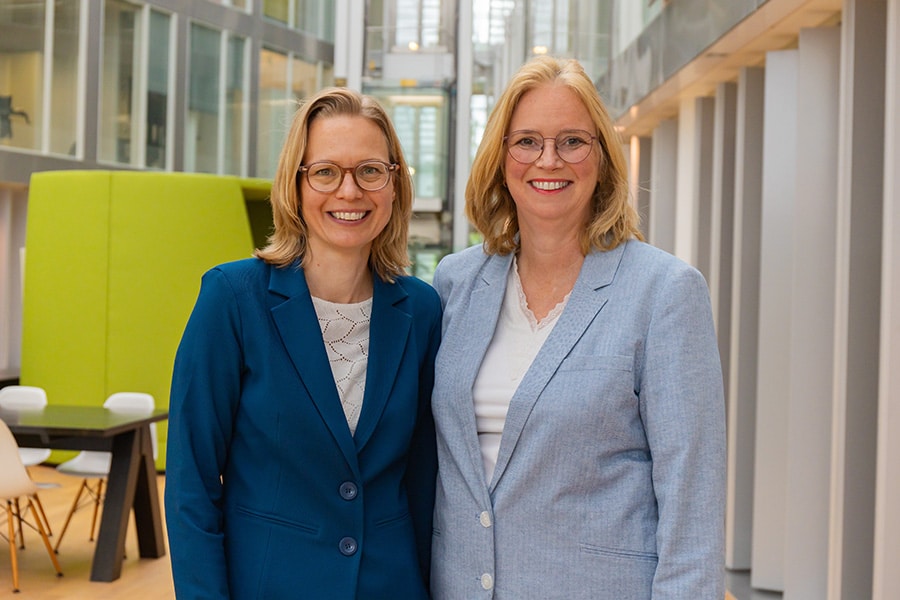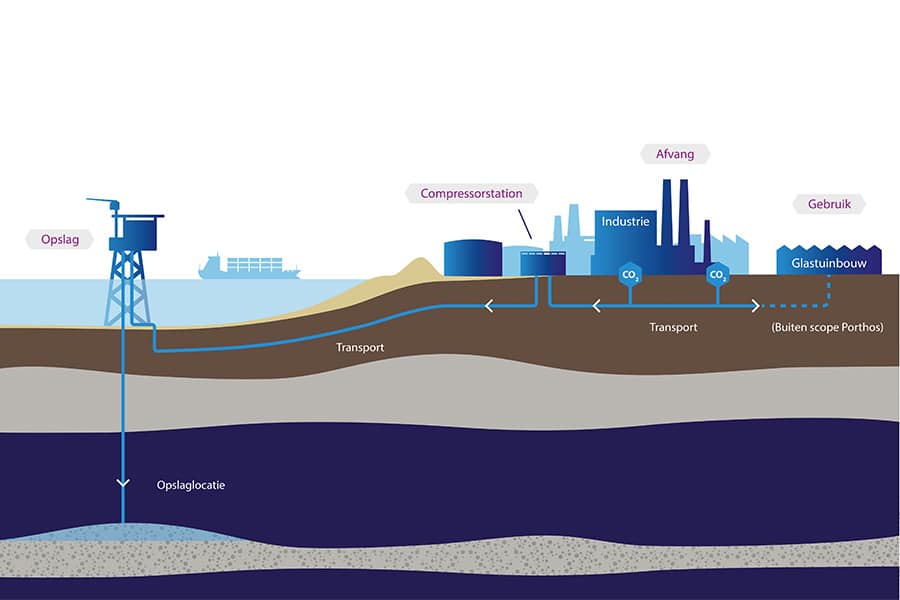
Concrete House | ProRail pilot with circular concrete completed
'119,564 kg of CO₂ saved, with that you can fly around the world 162 times!
In September 2019, the NS station in Bunde in Limburg received the first, in March of this year the stations in Etten-Leur and Maarn followed: new platforms with circular paving. The three form the pilot with which ProRail will examine the business case on the use of circular concrete: what does it cost for BV Nederland and what does it yield in terms of CO2 reduction?
The project is indirectly a result of the Concrete Accord co-signed by ProRail in 2018, which set targets for CO2 reduction, reuse of released concrete and reduction in the use of primary raw materials.
Laurens Wever is project manager for ProRail and responsible for the replacement and maintenance of the platforms of all stations in the Netherlands. "The ball started rolling when our own green innovator Eva Dijkema pointed me to a concrete tile she had seen at Dutch Design Week," he says. "This newly developed tile consists of recycled concrete for 76%. This is crushed in a smart way so that the fractions of gravel, sand and cement can be completely reused. For the circular tiles, new raw materials are added to meet the quality standards. ProRail saw enough potential in this to act as its first customer. We support innovative companies like this and it fits in with the goals of reducing our footprint."
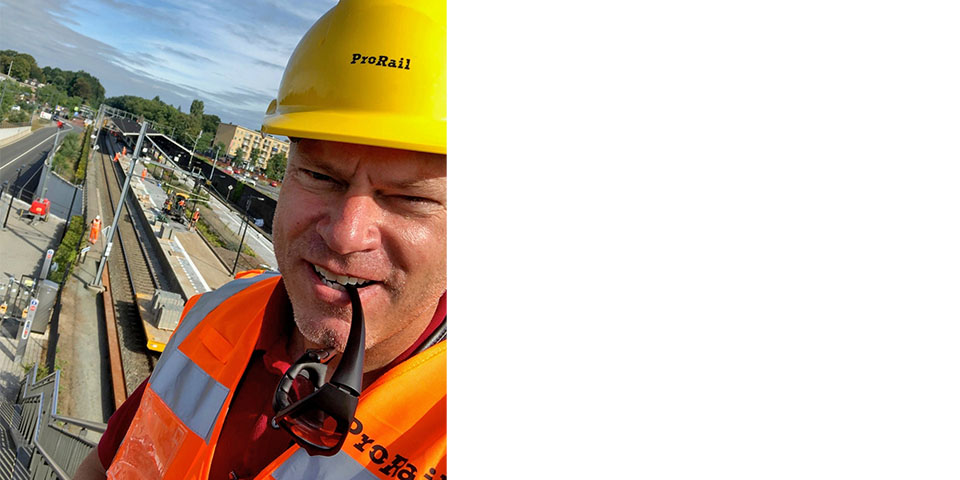
Laurens Wever: "With these three stations, we saved a total of 119,564 kg of CO2. With that you can fly around the world 162 times." (Photo: Laurens Wever)
Passing all tests
The first tiles were pattern tiles, not usable for platforms. Wever: "New molds were made for our standard 30 x 30 x 5 cm tiles. For the first station in Bunde, the tiles that became available during the platform renovation of Anna Paulowna station were used as raw material. A dark anthracite color was chosen to get as much contrast as possible between the white guide lines and the fence lines along the track. We took a controlled risk by not testing whether the circular tiles met our requirements until afterwards, but they passed the tests for skid resistance and frost as well as the pressure tests just fine."
Environmental Impacts
ProRail is not only a signatory of the Concrete Agreement, the infrastructure company also wants to be a leader in the concrete world in the field of sustainability and circularity. Wever: "With these three stations we have saved a total of 119,564 kg of CO2. For the visualization: with that you can fly around the world 162 times. By reusing old, crushed tiles, we avoided the need for 353,955 kg of new extraction of sand, cement and gravel. That's the weight of 79 elephants. Incidentally, the retaining walls at Bunde station are also made of partially recycled sand and ditto gravel. ProRail's goal in EMVI tenders is to further reduce the environmental cost indicator MKI, which expresses all environmental impacts in a single score in euros, every year. It is then up to the tenderers to live up to that. Initiatives like circular concrete fit into that very well."
MKI
The Environmental Cost Indicator (EQI) is a great tool for comparing the environmental impact of materials. Concrete types can also be compared. Not for nothing are CO2 reduction and lowering the MKI the important objectives of the Concrete Agreement. The members of Betonhuis are also fully committed to lowering the MKI. Betonhuis indicates that the MKI is aimed at project level. If we want to achieve CO2 reduction on a national scale, then thoughtless use of scarce secondary raw materials and the pursuit of ever lower EQI can lead to higher CO2 emissions and a shorter life span of concrete structures. More information at concretehouse.co.uk
Concrete House
Betonhuis believes in the good properties and functionalities of concrete, the sustainable building material of the past, present and future. By sharing knowledge, Betonhuis responds to current themes such as circular economy, climate adaptation, energy transition and sustainable construction. Contact one of the member companies at concretehouse.co.uk.
